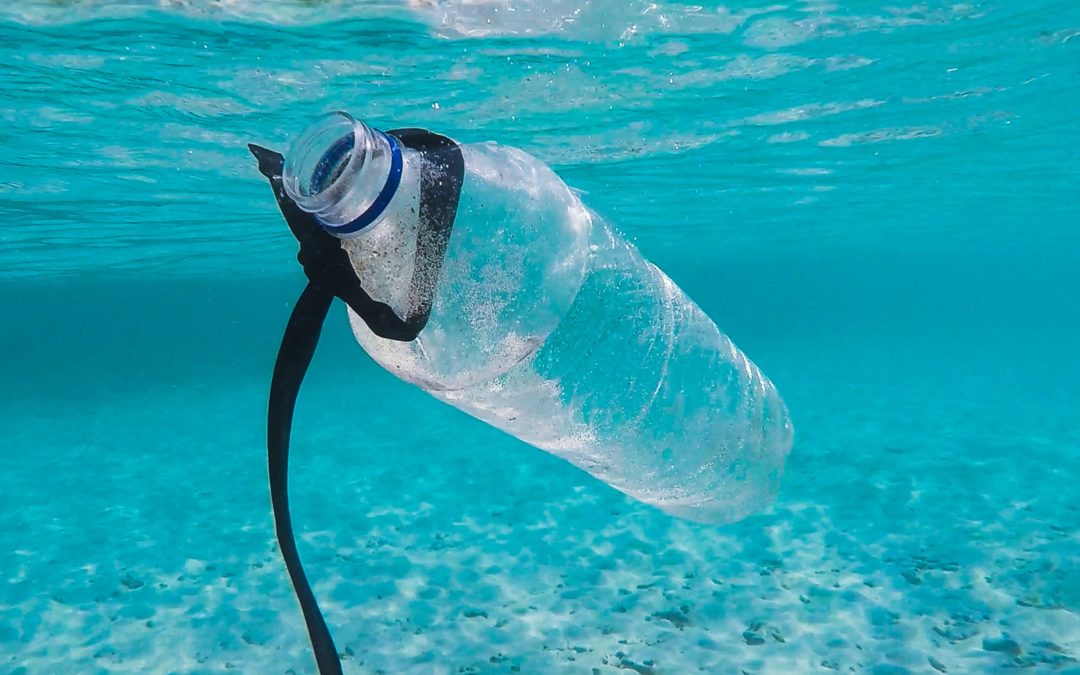The Great Pacific Garbage Patch (GPGP) — alternatively known as the Pacific trash vortex — is an area in the Pacific Ocean teeming with plastic pollution. It’s one of the largest accumulations of plastic among the world’s oceans, and studies indicate it continues to exponentially increase in size. Sadly, it’s only one of countless trash dumps throughout the world’s oceans, rivers and waterways.
Enter the Ocean Cleanup, a Netherlands-based nonprofit environmental protection organization determined to remove this debris with new technology. The effort calls for a mix of using innovative trash removal technology and a public awareness campaign to reduce waste. Here’s a look at this ambitious project to clean and protect the earth’s water supply.
What Is The Ocean Cleanup?
The Ocean Cleanup aims to remove plastic pollution in both oceans and rivers on a massive scale. A primary goal beyond the original purpose of cleaning oceans is to clean the 1,000 most polluting rivers, which account for an estimated 80 percent of plastic pollution in oceans, according to the Maritime Executive.
CEO Boyan Slat, who founded The Ocean Cleanup in 2013, believes the organization needs to create solutions to prevent plastic from entering water systems in the first place. The Ocean Cleanup announced a refined model of its floating device Interceptor in October 2019 to resolve both cleanup and prevention. So far the organization has installed four Interceptors in different ocean locations: Indonesia (Jakarta), Malaysia (Klang), Vietnam (Mekong Delta) and Dominican Republic (Santo Domingo). Additionally, Thailand and Los Angeles County are exploring similar possibilities.
The Ocean Cleanup is mainly funded by donations and sponsors such as Salesforce CEO Marc Benioff and PayPal co-founder Peter Thiel. A 2014 crowdfunding campaign generated over $2 million and by November 2019 the organization had raised over $35 million. Its first ocean cleanup system was deployed in September 2018. A more refined version called System 001/B a year later has shown to be successful at collecting debris.
Interceptor Technology
The Interceptor is a solar-powered boat designed to remove over 50,000 kg of trash per day. The device is equipped with lithium-ion batteries that store and provide 24/7 energy. It’s an eco-friendly machine that doesn’t create noise or exhaust, nor is it harmful to marine life. By anchoring to a river, this device — which doesn’t interfere with other vessels — is able to capture floating debris. The system is connected with a computer to monitor data on collection, energy performance and health of electronic components.
The key to the Interceptor collecting trash is the use of several conveyor belts that scoop up debris and place it in onboard dumpsters. The waste is then transported to a local waste management facility. Deploying a fleet of these automated trash collectors can remove an enormous amount of plastic in a short time. One Interceptor is capable of removing up to 110,000 pounds of plastic per day.
Slat hopes to cut 90 percent of the plastic trash in our world’s oceans by 2040. The solution will involve mass producing the Interceptor to be used in different parts of the world, and scaling up the project with bigger fleets of up to 60 devices.
A crucial area targeted for ocean cleanup is the North Pacific Subtropical Gyre between Hawaii and the continental United States. This area is about the size of Alaska, comprising about 79,000 tons of plastic pollution, including tiny fragments smaller than 5mm in length. Thankfully, after years of trial and error, a more streamlined Interceptor model was developed in 2019 that can hold both plastics and microplastics. With that advancement, Slat is confident his vision for mass cleanup is attainable.
